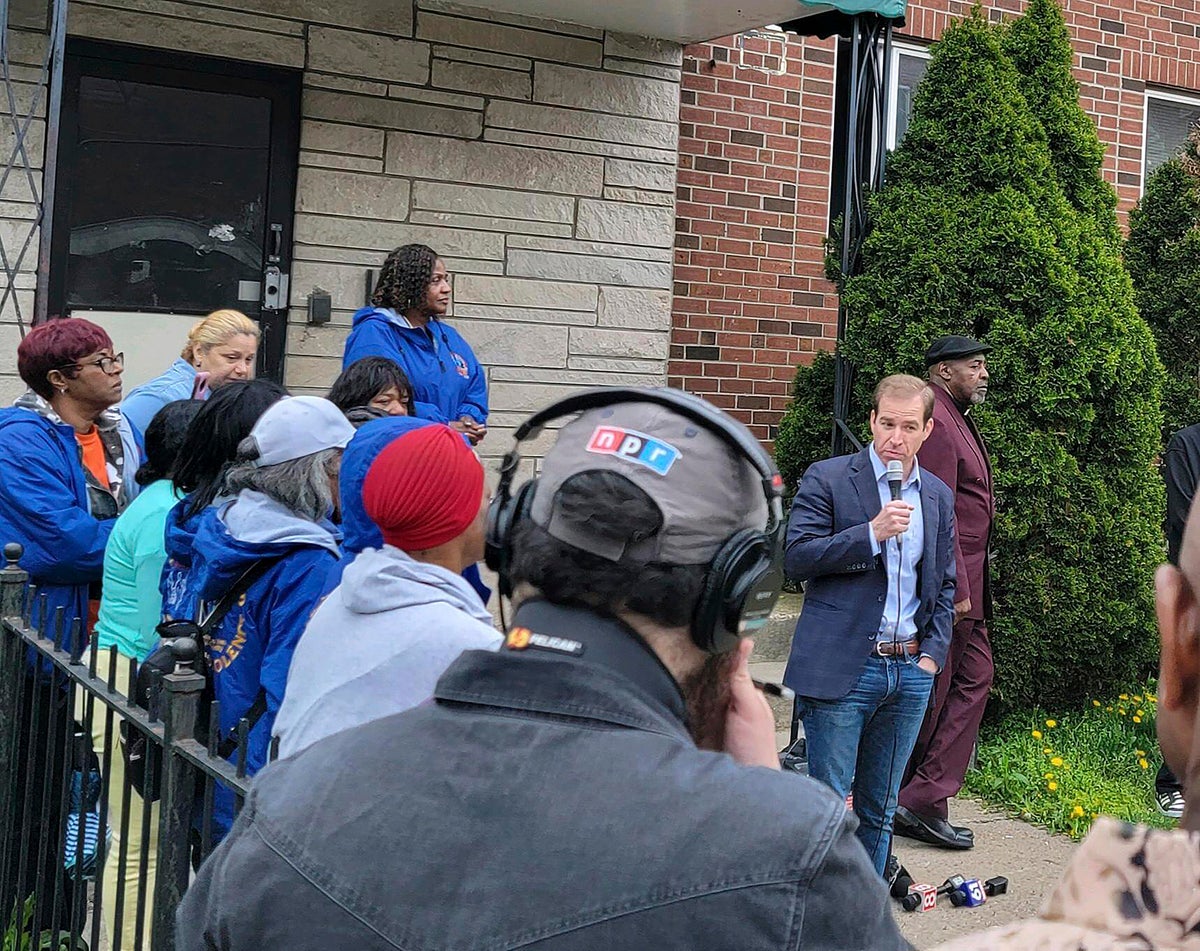
Janet Rice headed to the hospital Thursday night, as she routinely does when tragedy befalls her community. A barrage of gunfire had injured several young people, including a 12-year-old girl struck in the head by a stray bullet.
While en route, Rice's phone rang. She pulled over.
The young girl in a Connecticut hospital fighting for her life was her granddaughter -- the child of the son Rice lost to gun violence more than a decade earlier.
The girl, Se’Cret Pierce, died Friday morning. She was 2 years old when her young father, Shane Oliver, 20, was killed in the fall of 2012 only a few miles from where his daughter was shot.
Having a son gunned down brought sorrow and despair to the family. Now a granddaughter had perished, too.
“Never in a million years did I expect to respond to a call for my 12-year-old granddaughter,” Rice said in a text message Sunday, as she prepares to lay her granddaughter to rest.
“I am ANGRY, HEARTBROKEN, and NUMB,” she texted.
The seventh-grader was the seventh homicide this year in Hartford, a city — like other urban areas — struggling to contain gun violence. Last year, there were 39 homicides in Hartford — up from 34 the year before, most committed with a gun.
For years, Se'Cret's grandparents had spoken out about the dangers of guns. For a while, Rice worked as the outreach coordinator for CT Against Gun Violence. Now she works as a crisis response specialist.
Even before the death of his son, and now his granddaughter, the Rev. Sam Saylor knew well how gun violence was eating away at his community — a numbing regularity in too many neighborhoods, he said. Killing after killing, the pastor would show up to as many vigils as he could to pray with bereaved families.
“It’s just trauma on top of trauma,” Saylor said Saturday after friends and family gathered for a vigil in Hartford for his grandchild. Never did he expect, he said, “that I would be in this parade of pain again.”
Se’Cret was sitting in a parked car when she was shot, an innocent and unintended victim of a barrage of bullets that sent people running for cover.
Investigators said no arrests have been made, but they were still looking for at least two people believed to be in the vehicle that sped away after the shooting.
Oliver's killer, an acquaintance, is now serving 40 years in prison.
On the day he died, Oliver had left home to collect money for a car he sold.
Like many gun-related killings, it began with an argument. Words escalated, and a gun was drawn. Oliver tried to run, but he did not get far. Two bullets to the back, and he died a few hours later.
During sentencing in 2015, Rice had pleaded for more prison time.
“I certainly hope it will save another mom from all the pain I’ve endured,” the Hartford Courant quoted Rice telling the judge during sentencing.
Still welling with grief, Oliver's parents drove to Newtown to get an audience with then-Vice President Joe Biden, who was visiting with the grieving parents of the 20 children gunned down at Sandy Hook Elementary School.
Biden met separately with Saylor, Rice and other parents who raised concerns that the deaths of Black urban youths were being treated as footnotes in conversations about gun violence.
"Both of them took the death of Shane and transformed it into activism,” said Kim A. Snyder, a documentary film director, who became acquainted with Rice and Saylor, while working on her Peabody-winning film about Newtown.
Saylor has pushed for stricter gun laws and has tried to shine a spotlight on the urban violence that has taken so many young Black lives.
“Then it was his own kid,” Snyder said.
Even with the slight rise in homicides in Connecticut’s capital, the state has some of the lowest death rates from guns, according to the Violence Policy Center.
“But we’ve got to do more,” said Jeremy Stein, the executive director of CT Against Gun Violence.
In addition to controlling the supply of guns, Stein wants more done to reduce the demand for firearms while strengthening community programs that promote civility and work to reduce the impulse to reach for a gun when disputes escalate.
Stein and others are asking the state to boost funding for an anti-violence commission to $10 million annually.
He called the latest shooting “incredibly personal” because of Rice’s connection to the group.
“She lost her son, Shane,” Stein said, “and now Shane’s daughter has been murdered — both by gun violence.”
The suspects in Se'Cret's killing appeared to target three males — ages 16, 18 and 23 — who were standing on a sidewalk on a residential street not far from downtown Hartford Thursday night. They were wounded, but all three were expected to survive.
Hartford Mayor Luke Bronin urged the three surviving victims to cooperate with police, noting at a press conference Friday that they could lead police to Se’Cret’s killers.
“A tragedy like this ripples outward in a community and affects so many,” he said.
Se’Cret's killing weighed heavily on the minds of marchers Saturday as they took part in the city's annual Mothers United Against Violence rally. They gathered on Huntington Street, where Se’Cret was shot, to join the girl's vigil.
Speeches were given. Sermons were said. And prayers were held.
One woman, chanting to the beat of a drum, carried the sentiment of the grieving community: “Put down the gun."







